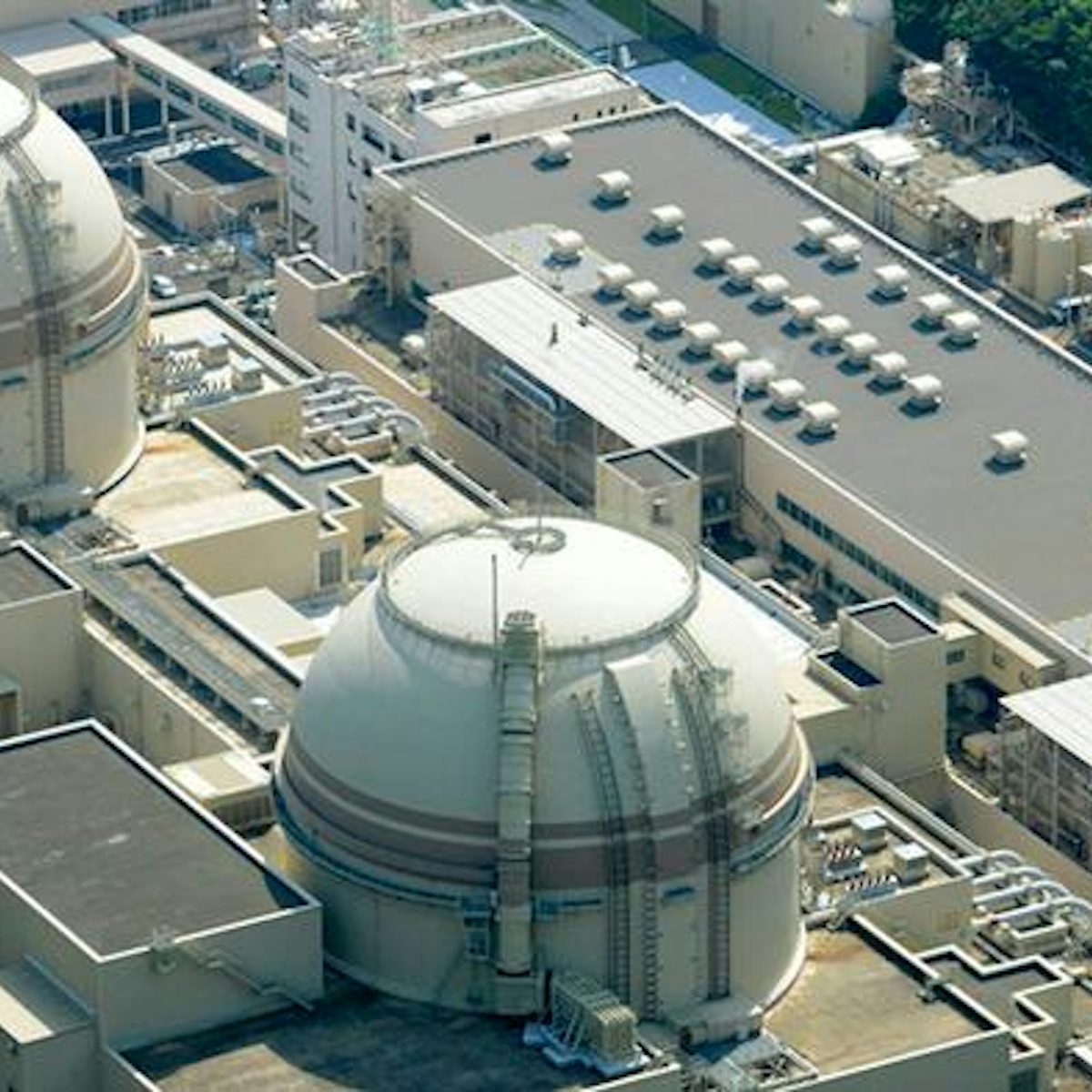Japan’s Nuclear Regulation Authority (NRA) has approved extensions to the operational lifetimes for Units 3 and 4 at Kansai Electric Power’s Ohi nuclear station based on a law that was enacted in May last year.
It is the first time the nuclear regulator has approved a long-term facility management plan based on the green transformation law, which is scheduled to take full effect in June 2025.
The two reactors at the station in the town of Ohi, Fukui Prefecture, western Japan, both began operation over 30 years ago. Following the NRA approval, they are now allowed to operate for up to 40 years.
Under the law, nuclear operators must formulate a long-term reactor management plan and gain approval from the regulator at least once every 10 years if they are to continue to operate.
The new policy effectively extends the period reactors can remain in operation beyond 60 years by excluding the time they spend offline for inspections from the total service life.
Ohi-3 can now operate until 17 December 2031 an Ohi-4 until 1 February 2033.
Ohi-3 and -4 are both 1,127-MW pressurised water reactor units. Ohi-3 began commercial operation in 1991 and Ohi-4 in 1993.
Before Fukushima-Daiichi, Japan’s fleet of 54 nuclear plants generated about 30% of the country’s electricity, but were all shut down for safety checks following the accident.
Among the 33 operable nuclear reactors in Japan, 12 have resumed operations after meeting post-Fukushima safety standards. The restarted plants are: Sendai-1 and -2, Genkai-3 and -4, Ikata-3, Mihama-3, Ohi-3 and -4 and Takahama-1, -2, -3 and -4.
According to the International Atomic Energy Agency nuclear generated about 6.1% of the country’s electricity in 2022. The Tokyo-based Japan Atomic Industry Forum said recently that the fleet generated 81 TWh of electric power in 2023, about 50% higher than 2022.


